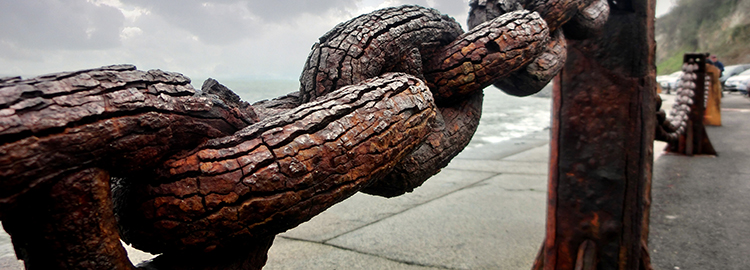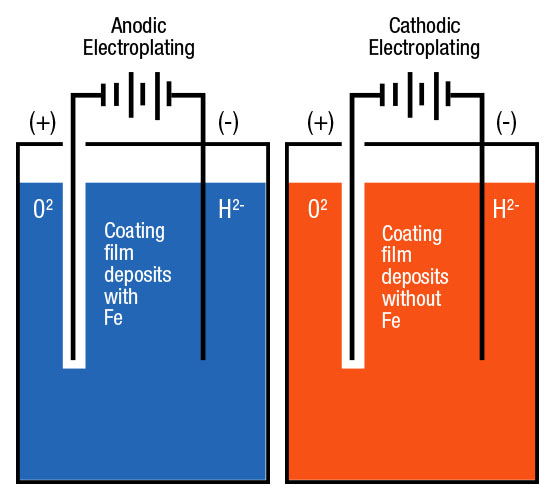Corrosion 101

Corrosion is the destruction of material, usually metal or alloy, by chemical reaction with its environment. Corrosion can proceed in a general manner (general corrosion) or in a more localized manner (galvanic corrosion, pitting corrosion, formicary corrosion), depending on conditions and the material systems used. There are many types of corrosion; however, the most common types of corrosion within air conditioners are galvanic corrosion and general corrosion. Formicary corrosion also affects copper. These two corrosive processes can occur in as little as a few weeks after installation. More typically, corrosion will begin appearing within a one to four-year period. A protective coating will create a barrier between the metallic couple and the electrolyte, thereby eliminating the electrolyte, which is one of the causes for corrosion.
The following factors can influence the rate of corrosion
Humidity: A galvanic corrosion cell requires an electrolyte or current carrying media to reach a dynamic state. The electrolyte can be water or any water-soluble substance with good conducting properties. Moisture in the air is one such electrolyte. Humid air contaminated with corrosive gasses further accelerates the corrosion rate as the air’s current carrying potential increases.
Temperature: Chemical reactions in general are temperature dependent, with increased temperature normally resulting in a faster reaction rate.
Corrosive Gases: Not all gases cause corrosion. Specifically, we are concerned with three types of gases:
- Acidic gases, such as hydrogen sulfide, sulfur oxides, chlorides, hydrogen fluoride (HF) and nitrogen oxides
- Caustic gases
- Oxidizing gases, such as ozone
Of the gases that can cause corrosion, the acidic gases are typically the most harmful. Chloride Salts: The presence of chlorides (in seawater, for example), significantly enhances the conditions for pitting corrosion of most metals.
Corrosion Basics

The primary material in Modine’s HVAC/R heat exchangers is aluminum. Aluminum is a very reactive metal, which is easily oxidized on its surface. As long as this hard aluminum oxide layer remains intact, the base aluminum will remain resistant to corrosion. For most materials (like steels), the oxide layer spalls from the surface, allowing for continued attack of the base metal.
Extreme environments, however, can damage the oxide layer which may not regenerate quickly enough to provide sufficient protection for the product. These harsh environments are typified by very high or very low pH levels. Normally, aluminum’s protective oxide layer is generally stable in the pH range of 4.5 to 8.5. The reason why precaution has to be taken with aluminum fin and copper tube (RTPF) heat exchanger in marine environments is galvanic corrosion.

